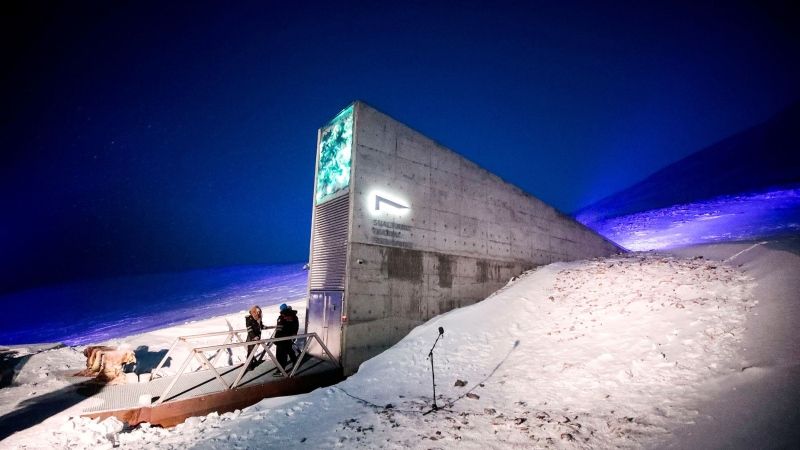
Intended to save species in the event of a disaster on Earth, the plan makes use of craters that are permanently in shadow and therefore cold enough to allow cryogenic preservation of biological material without using electricity or liquid nitrogen, according to a group led by scientists at the Smithsonian.